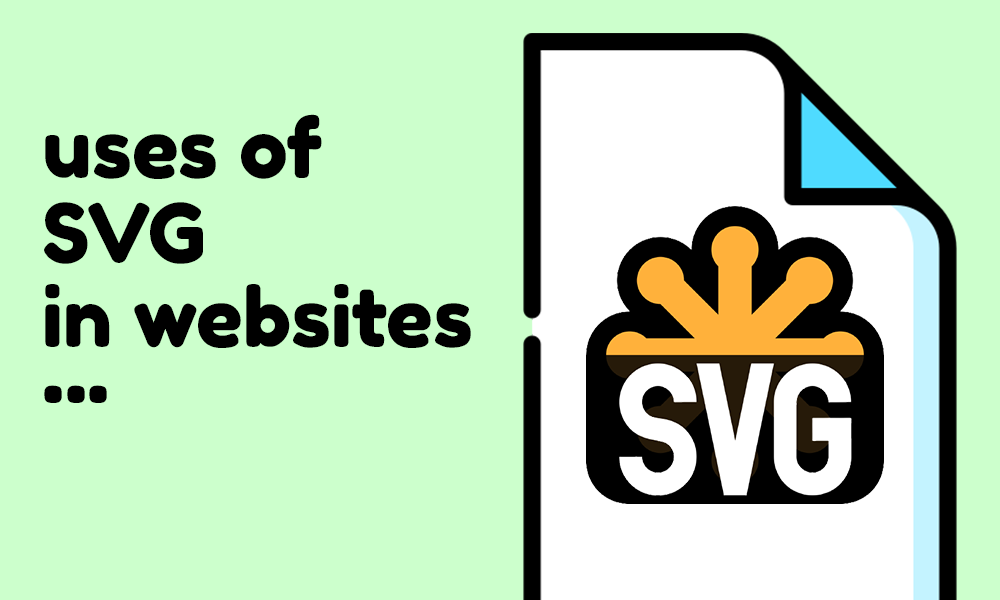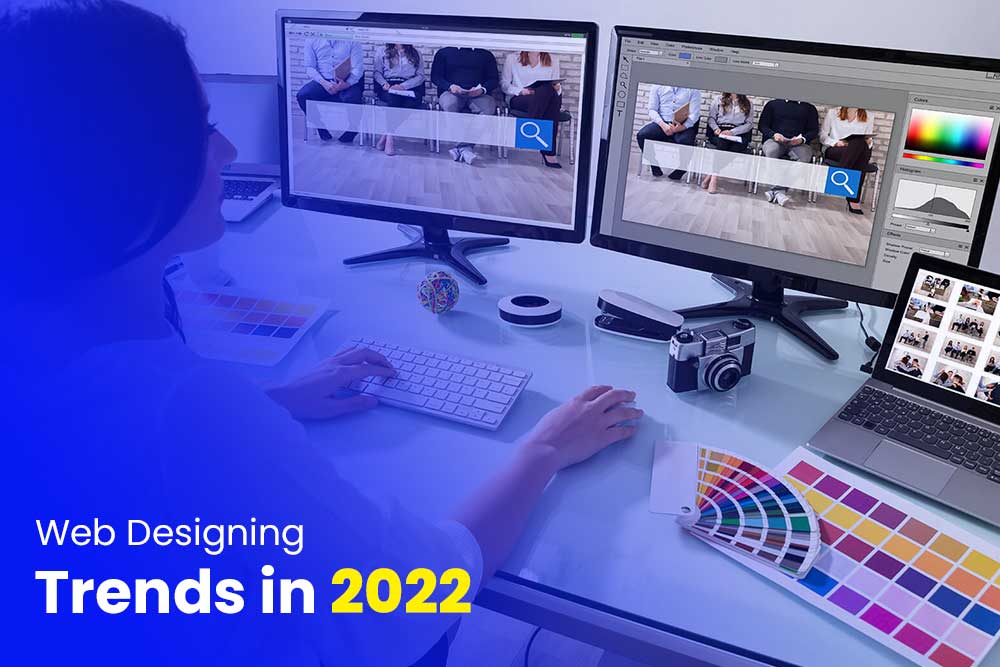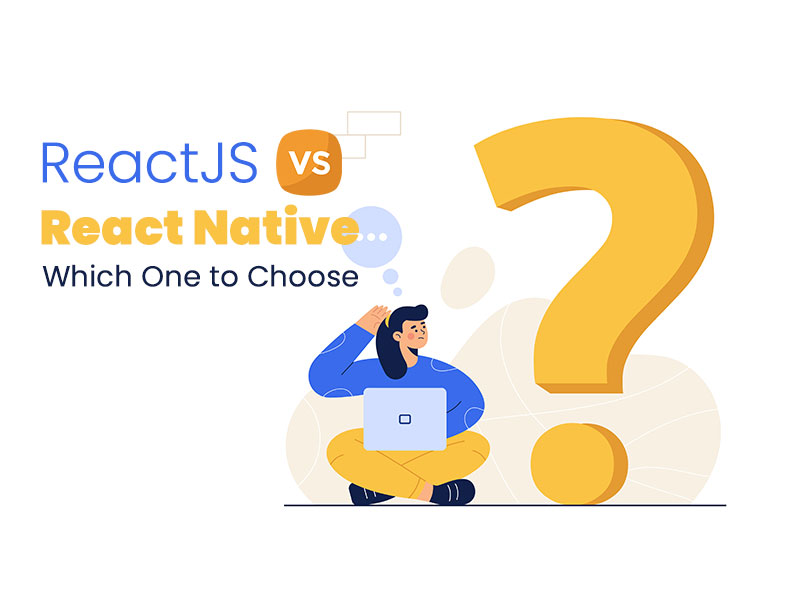SVG or Scalable Vector Graphics is a vector image format for two-dimensional graphics. The SVG format is an open standard.The use of SVG has enabled the designers to provide a variety of effects and animations that were impossible with older image formats. For example, you can achieve a realistic 3D effect with it by applying the z-index property.
SVG stands for Scalable Vector Graphics. It is a vector graphics language that can be used to create 2D or 3D graphics. It’s essentially a markup language that uses XML-based code to define shapes, images, text, and images.
SVG is not just used in website development but also in web design, print design, animation, video games, etc. SVG is supported by all major browsers and it can be easily integrated into other programs like Photoshop or Illustrator for image manipulation purposes.
How to Use SVG in the Website
SVG is a format for web graphics. It is an XML-based vector image format that is not supported by older Web browsers, but has been gradually introduced into the mainstream in recent years with its popularity in high-end websites.
When you are designing a website, you can use SVG to design logos, icons, and other graphics which are either static images or animated. You can also use it to create your own custom font files. There are many ways to use it in the website, but before you do so know what kind of effects you want to achieve on your website with SVG and whether or not this format will be most suitable for it.





